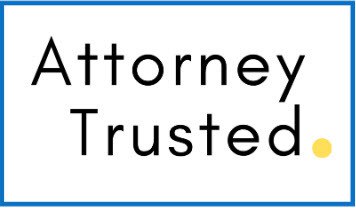Lysergic acid diethylamide (LSD) is a DEA Schedule I substance, meaning that it has no known or accepted medical uses and that it has a high potential for abuse. Some other Schedule I drugs include heroin, peyote, and MDMA. But what exactly is LSD and why is it so dangerous? In this overview, we will discuss drug details of LSD, a brief history of the drug, and other important factors to know when it comes to LSD.
Drug Details – What Is LSD?
LSD falls in the category of hallucinogens. It is a mood-altering chemical that is synthesized from the lysergic acid found in a particular fungus that grows on a number of grains.
Because it is a Schedule I drug, LSD is not produced legally anywhere within the US. Rather, illegal labs create it in crystal form and then convert it to liquid form for easier distribution. This liquid is very potent and has no odor or color, though it does have a mildly bitter taste.
When distributed on the street, LSD may come in liquid form, but it is more often manufactured into tablets, capsules, or squares of gelatin. It may also be infused into absorbent paper and sold in small squares. These usually have colorful designs and are meant to be placed on the tongue until the LSD dissolves and is absorbed into the bloodstream.
The Historical Background of LSD
Now-famous Swiss scientist Albert Hofmann first synthesized LSD when he was attempting to create a blood stimulant. It was not until three years later, when Hofmann accidentally consumed some of his creation, that the hallucinogenic properties of LSD were discovered.
After this discovery, psychiatrists began using LSD in experiments on psychosis from the 1940s through the 1960s. During this time, Sandoz Pharmaceutical (the company for which Hofmann was working when he synthesized the drug) liberally distributed free samples for these tests and experiments. This led to a more mainstream awareness of the drug and much wider use.
It was not until 1967 that the federal government banned the use of LSD in the US. After that, it was added as a DEA Schedule I substance, though illicit use continued. Reports of LSD use declined greatly in the 1980s and early 1990s, but there was a brief resurgence in the late ‘90s thanks to raving culture and all-night club parties. Use has seemingly declined a great deal in the last decade, though.
Street Names for LSD
Some of the most common street names for LSD include:
- Acid
- Microdot
- Cubes
- Dots
- Blue Heaven
- Lucy
- Purple Haze
- Superman
- Trips
- Window panes
- Yellow Sunshine
When getting high on LSD, many users will talk about dropping acid and tripping.
Side Effects of Using LSD
Some negative side effects of using LSD include but are not limited to:
- Increased heart rate and blood pressure
- Increased body temperature
- Lack of appetite
- Excessive sweating
- Insomnia
- Dizziness
- Muscle weakness
- Muscle cramps
- Tremors
- Mood swings
- Impulsive behavior
What Does the High From LSD Feel Like?
LSD is a powerful hallucinogen. Many users report seeing things that are not there and having a dramatically altered perception of the world. Changes in light or sound can significantly affect the “trip”, and seeing or experiencing something unpleasant can result in a bad trip that feels like a personal hell that may last until the drug wears off or even longer.
LSD can permanently alter the chemistry of your brain, and it has the potential for lasting physical and mental effects. For these and other reasons, it is a dangerous drug that is unsafe for experimentation.












